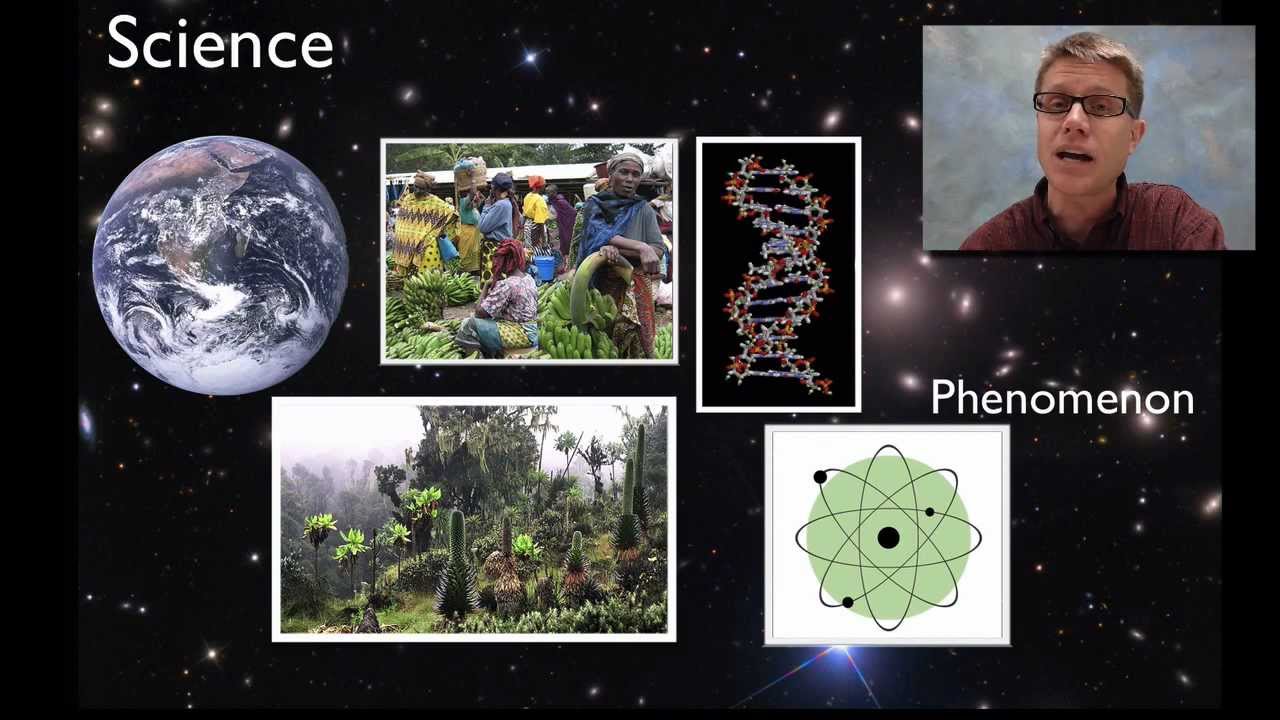Defining Problems
For engineering students should ask questions to define the problem to be solved and to elicit ideas that lead to the constraints and specifications for its solution.
K-12 Progressions
from NGSS Appendix F: Science and Engineering Practices in the NGSS
| K-2 | 3-5 | 6-8 | 9-12 |
|---|---|---|---|
| Define a simple problem that can be solved through the development of a new or improved object or tool. | Define a simple design problem that can be solved through the development of an object, tool, process, or system and includes several criteria for success and constraints on materials, time, or cost. | Define a design problem that can be solved through the development of an object, tool, process or system and includes multiple criteria and constraints, including scientific knowledge that may limit possible solutions. | Define a design problem that involves the development of a process or system with interacting components and criteria and constraints that may include social, technical, and/or environmental considerations. |
Introduction to SEP1: Defining Problems
from NGSS Appendix F: Science and Engineering Practices in the NGSS
Engineering begins with a problem, need, or desire that suggests an engineering problem that needs to be solved. A societal problem such as reducing the nation’s dependence on fossil fuels may engender a variety of engineering problems, such as designing more efficient transportation systems, or alternative power generation devices such as improved solar cells. Engineers ask questions to define the engineering problem, determine criteria for a successful solution, and identify constraints.
While science begins with questions, engineering begins with defining a problem to solve. However, engineering may also involve asking questions to define a problem, such as: What is the need or desire that underlies the problem? What are the criteria for a successful solution? Other questions arise when generating ideas, or testing possible solutions, such as: What are the possible trade-offs? What evidence is necessary to determine which solution is best?
Asking questions and defining problems also involves asking questions about data, claims that are made, and proposed designs. It is important to realize that asking a question also leads to involvement in another practice. A student can ask a question about data that will lead to further analysis and interpretation. Or a student might ask a question that leads to planning and design, an investigation, or the refinement of a design.
Whether engaged in science or engineering, the ability to ask good questions and clearly define problems is essential for everyone. The following progression of Practice 1 summarizes what students should be able to do by the end of each grade band. Each of the examples of asking questions below leads to students engaging in other scientific practices.
Performance Expectations Associated with SEP2: Defining Problems
Videos
Next Generation Science Standards is a registered trademark of Achieve. Neither Achieve nor the lead states and partners that developed the Next Generation Science Standards were involved in the production of this product, and do not endorse it. Visit the official NGSS website.


